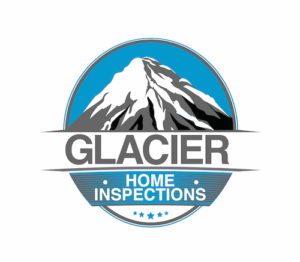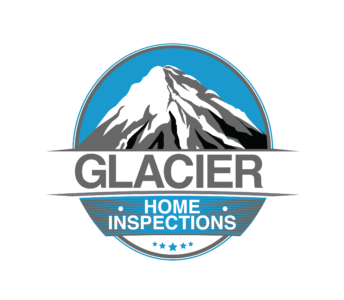Can You Fail a Home Inspection?
Is it possible to fail a home inspection?
The short answer to this question is, “No, a home inspection cannot be failed.” Of course, the details are more nuanced. In the end, a home inspection is a tool utilized by home buyers, homeowners, and their financial partners (banks, credit unions, and other sources of private capital) to determine whether the risks associated with a property are worth their investment. The client that orders the inspection is the only person who can make that value judgment.
However, taking the time to understand the scope and value of a home inspection, knowing for whom and why it has been commissioned, and the severe and potentially life-threatening issues that a competent assessment may unearth are well worth the investment.
Let’s begin with who a home inspector works for. They are either contracted through a real estate agent or directly by the prospective homeowner or buyer. The contents of an inspector’s report are only available to the individuals who commissioned it, who are free to do with it what they wish. It is essential to understand that a home inspector is not an agent of the state and serves in a different capacity than city or state code inspectors that ensure compliance with building codes on all permitted construction. Instead, their job is to issue a comprehensive report on the state of an existing home for the homeowner. This will allow for an informed decision regarding all current and future care and maintenance their new investment may need. They are restricted by ethical code from making aesthetic value judgments or declaring a house to be condemned. (Condemnation is, in itself, an exhaustive process that requires many levels of municipal government to be finalized)
The home inspector’s scope of work is the structures (excluding sheds and other outbuildings) on a property, interior and exterior. They conduct a prescribed visual survey of the home; their work is non-invasive, meaning they are not permitted to remove or deconstruct any of the home’s equipment. Standards do not compel the home inspector to access spaces that are not readily accessible without moving existing furniture and property, or that could put themself or others at risk. The complete rubric for a home inspection can be found at ASHI.com under Standards of Practice and helps understand the limitations of a home inspection.
A completed report with photos will paint a picture of the state of the home in question at that moment in time. It highlights possible areas requiring remediation for damage, rot, and mold. The age and function of the HVAC and hot water system will be listed, and the electrical system will be described based on the service’s amperage, voltage, and disconnect location. Older equipment and wiring will be noted so that the homeowner can be reasonably informed of the risks they are taking on.
Many things in an expertly compiled report can drive off a potential homeowner. Yet, only a few houses present insurmountable challenges to remediation and restoration. A good home inspection can provide a road map if the owner is up for the challenge the report represents. It offers solid ground from which the client can then negotiate terms of purchase, either compelling the seller to make changes themself or make financial concessions toward the final purchase price.
If an agreement proves impossible, the buyer may walk away, but the home has not “failed” its inspection. It simply was not a good fit for that buyer – the same inspection report may spark excitement at the prospect of a new challenge in one that elicited fear in someone else.



